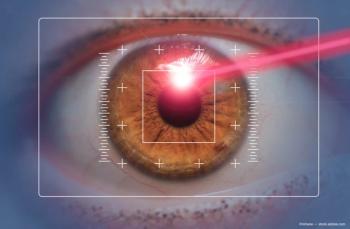
Awareness of TASS features and causes enables appropriate surgeon response
Awareness of the etiology and treatment of toxic anterior segment syndrome (TASS) is essential. While rare, TASS is a potentially devastating complication of cataract surgery, said Liliana Werner, MD, PhD, at ?Spotlight on Cataract Surgery 2005? during the annual meeting of the American Academy of Ophthalmology.
Chicago-Awareness of the etiology and treatment of toxic anterior segment syndrome (TASS) is essential. While rare, TASS is a potentially devastating complication of cataract surgery, said Liliana Werner, MD, PhD, at “Spotlight on Cataract Surgery 2005” during the annual meeting of the American Academy of Ophthalmology.
TASS is defined as an acute postoperative anterior segment inflammation of sterile noninfectious etiology. It has an immediate onset (within <12 to 48 hours postop) and generally presents with blurry vision, diffuse limbus-to-limbus corneal edema, hypopyon, and marked anterior segment inflammation. It may also be associated with pain or redness, fibrin formation, and iris and trabecular meshwork damage, with the latter leading to secondary glaucoma.
Any solution injected around the eye or placed onto the eye after surgery may cause TASS. Residues and contaminants found in sterilized instruments and tubings may also incite the inflammatory reaction. Recognition of the numerous possible causes is important since sampling and analysis of all medications and fluids used during surgery along with a complete review of the operating room protocol and instrument protocols should be performed in investigating a TASS outbreak, noted Dr. Werner.
Treatment of TASS involves intensive topical steroids, careful evaluation of IOP, and close follow-up, she said.
“IOP may be low initially in these patients, but as aqueous humor production recovers, it may increase suddenly. These patients should be watched closely in the first several hours and days after diagnosis to make sure the inflammatory process is not worsening and to rule out an infectious etiology since endophthalmitis is important to consider in the differential diagnosis,” Dr. Werner said.
Newsletter
Don’t miss out—get Ophthalmology Times updates on the latest clinical advancements and expert interviews, straight to your inbox.
















































.png)


